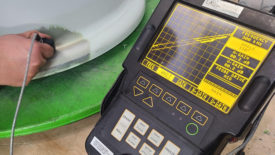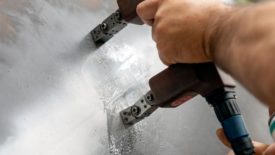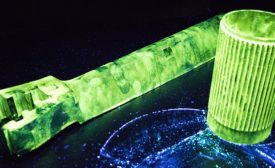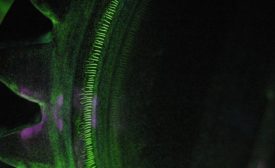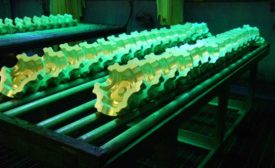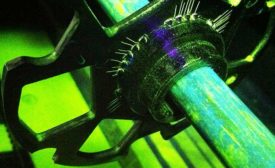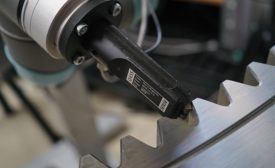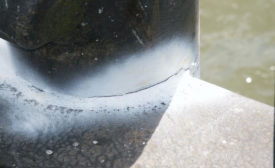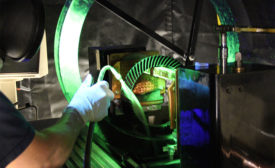Home » Keywords: » magnetic particle inspection
Items Tagged with 'magnetic particle inspection'
ARTICLES
NDT | Inspection
The main flaws uncovered by NDT on the wheels are cracking, corrosion, geometrical distortion, and overheating.
Read More
NDT | Magnetic Particle Inspection
Magnetic Particle Inspection Is Here to Stay
While magnetic particle inspection techniques have stood the test of time, the equipment involved has seen updates to keep up with demand, experts say.
February 16, 2023
NDT | Back 2 Basics
The Most Common Misunderstandings about Magnetic Particle Testing
When in doubt, always check with a certified Level III or contact your NDT product supplier.
June 9, 2021
Recent Improvements within Magnetic Particle Inspection
The specifications that undergird the magnetic particle inspection process are being continually updated.
November 30, 2020
NDT in Aerospace
Nadcap Non-Destructive Testing in Aerospace
The role of NDT is now recognized as vital to ensure the reliability of the product.
July 8, 2019
8 System Performance Tools for Magnetic Particle Inspection
Learn more about magnetic particle inspection tools and requirements.
April 1, 2019
New Developments for Magnetic Hardness Testing
Learn more about hardness measurement without an indenter via the magnetic measurement method.
November 1, 2018
Magnetic Particle Testing 101: A Tutorial
Current codes, specifications and contracts usually require MT personnel to be certified.
October 1, 2018
Still the One: The Enduring Attraction of Magnetic Particle Inspection
MPI can be applied to many industries and uses, ranging from roller coasters and nuclear power plants to aviation and aerospace.
July 8, 2018
Stay in the know with Quality’s comprehensive coverage of
the manufacturing and metrology industries.
eNewsletter | Website | eMagazine
JOIN TODAY!Copyright ©2024. All Rights Reserved BNP Media.
Design, CMS, Hosting & Web Development :: ePublishing
